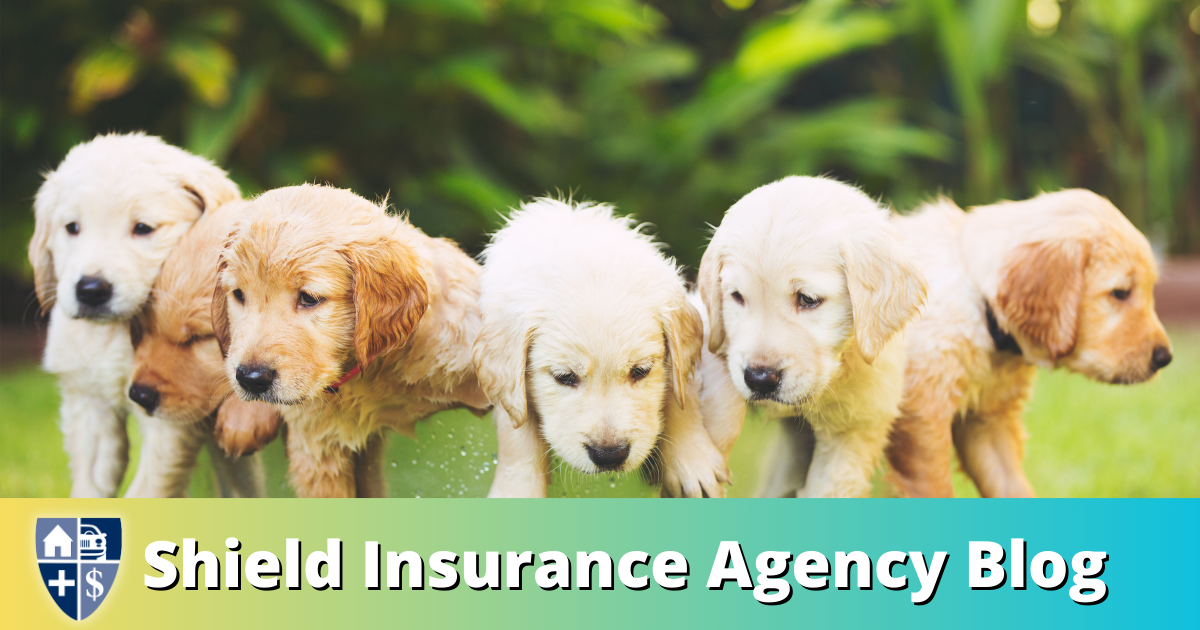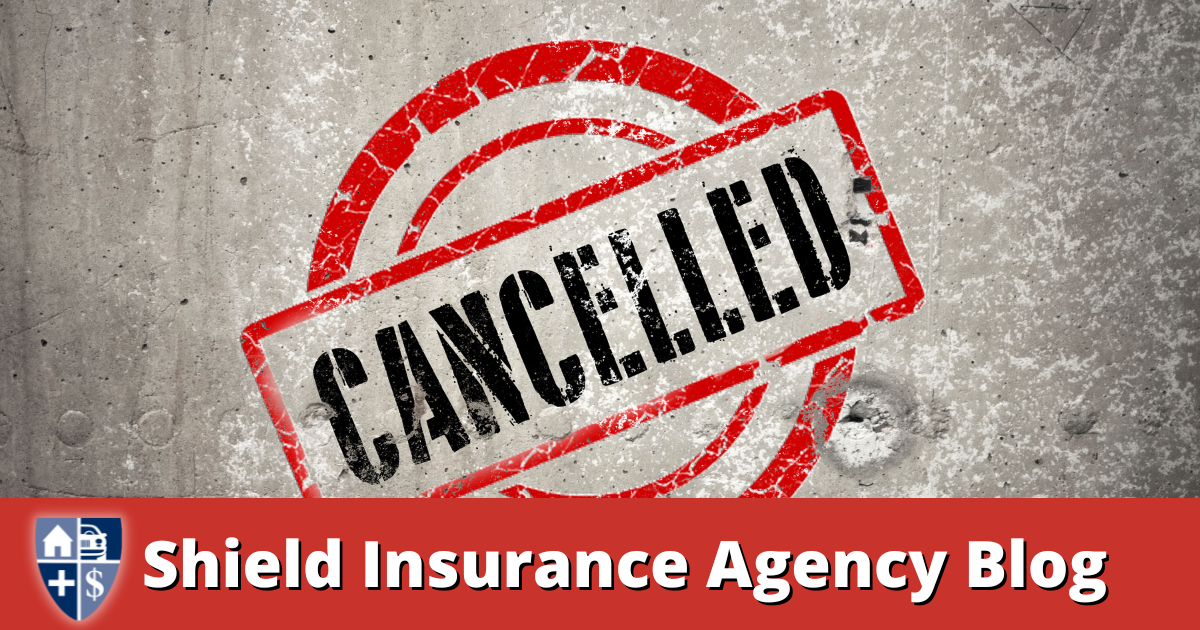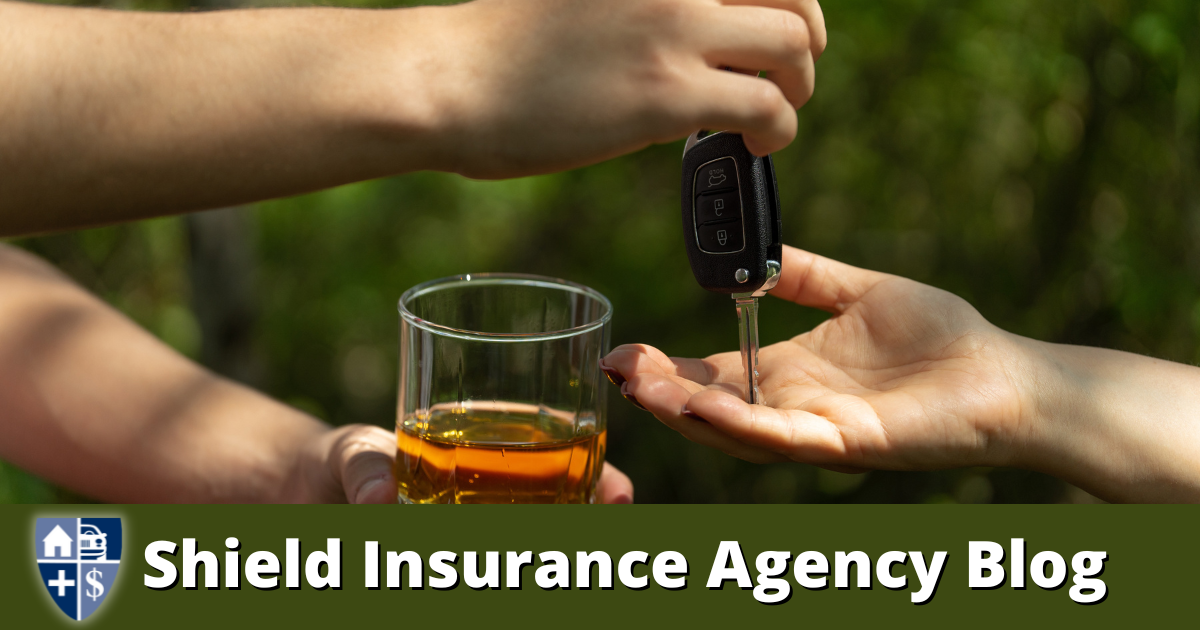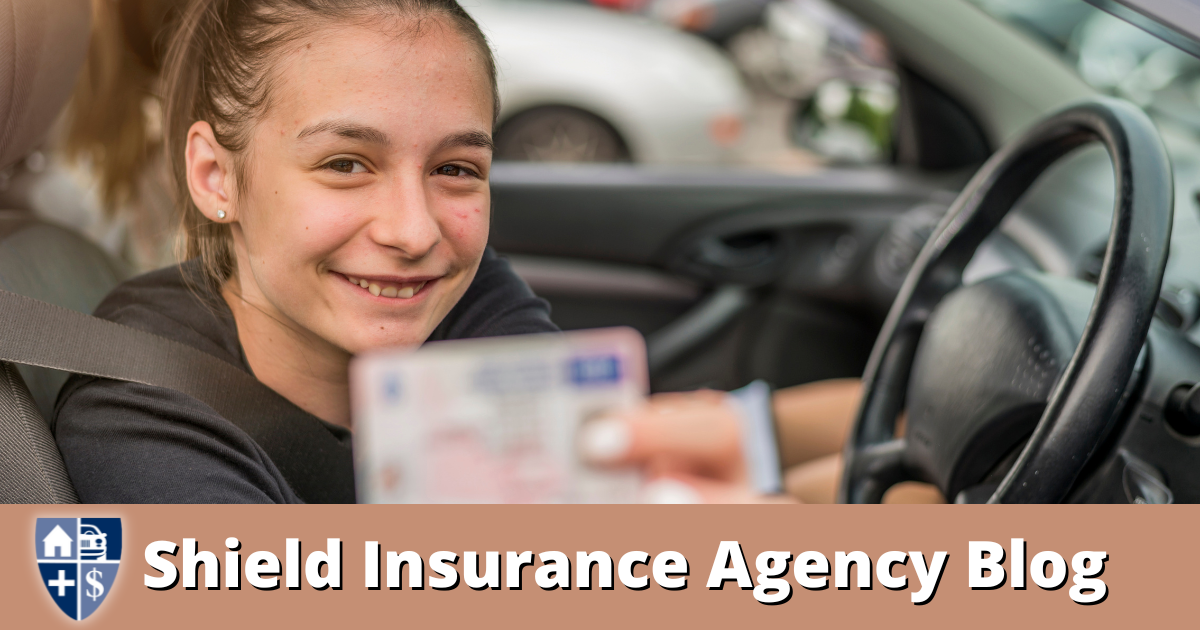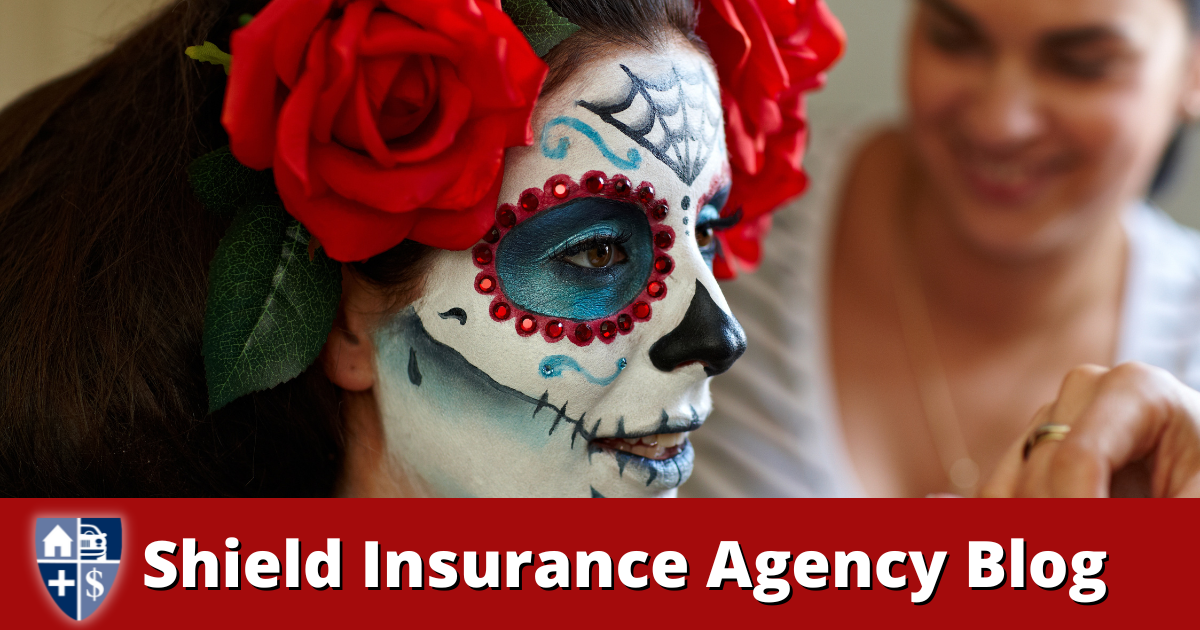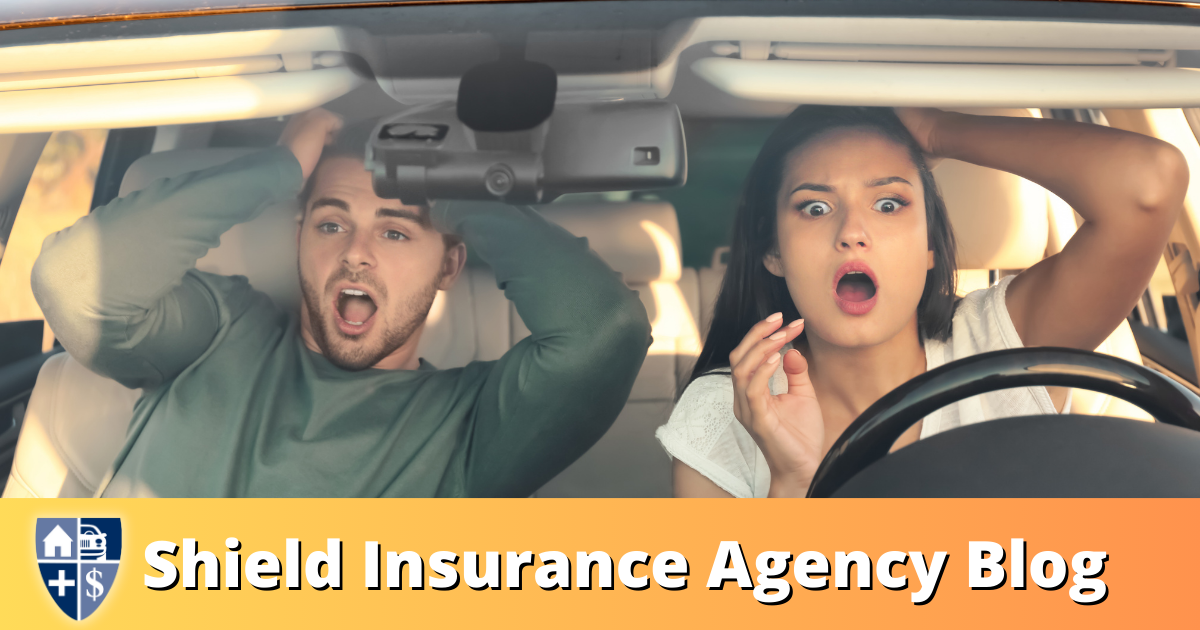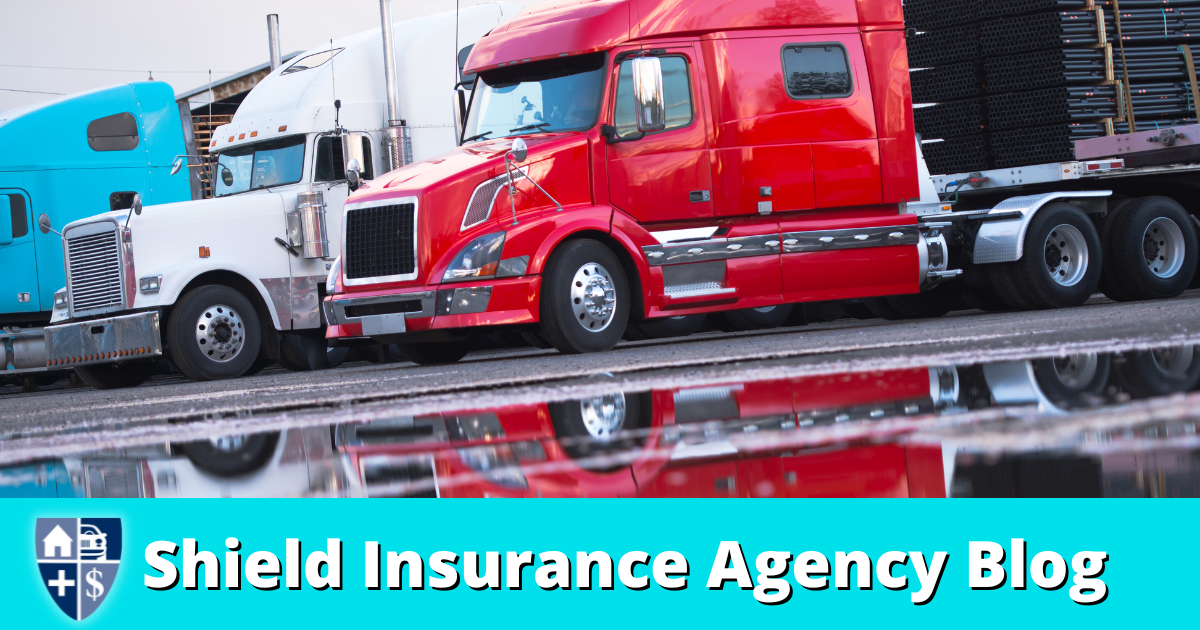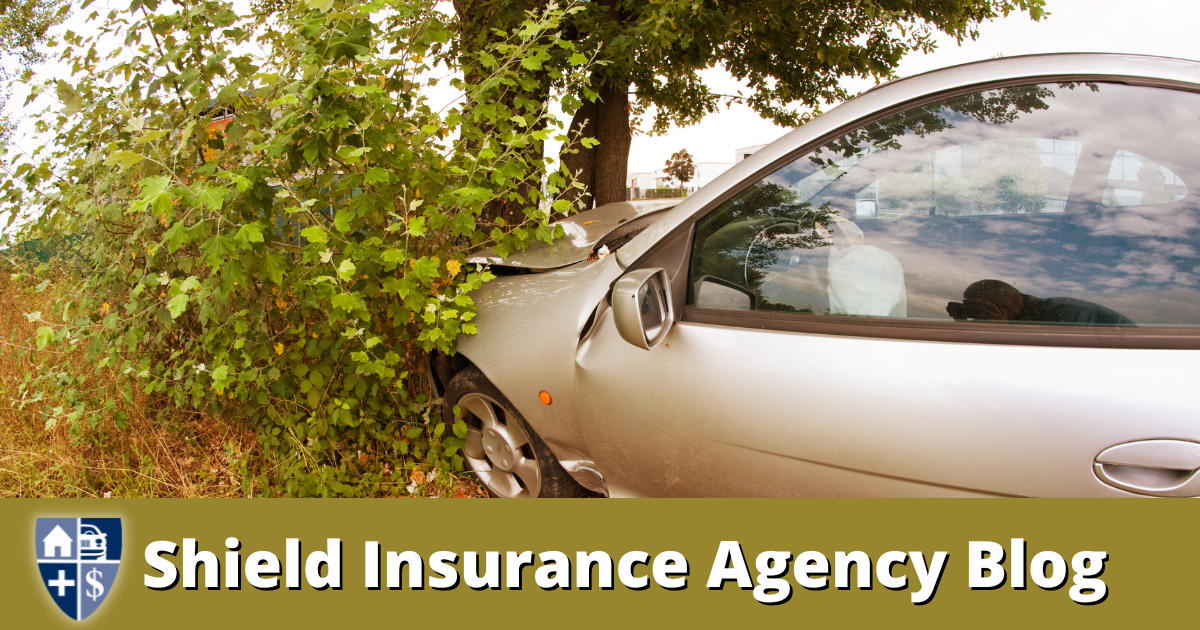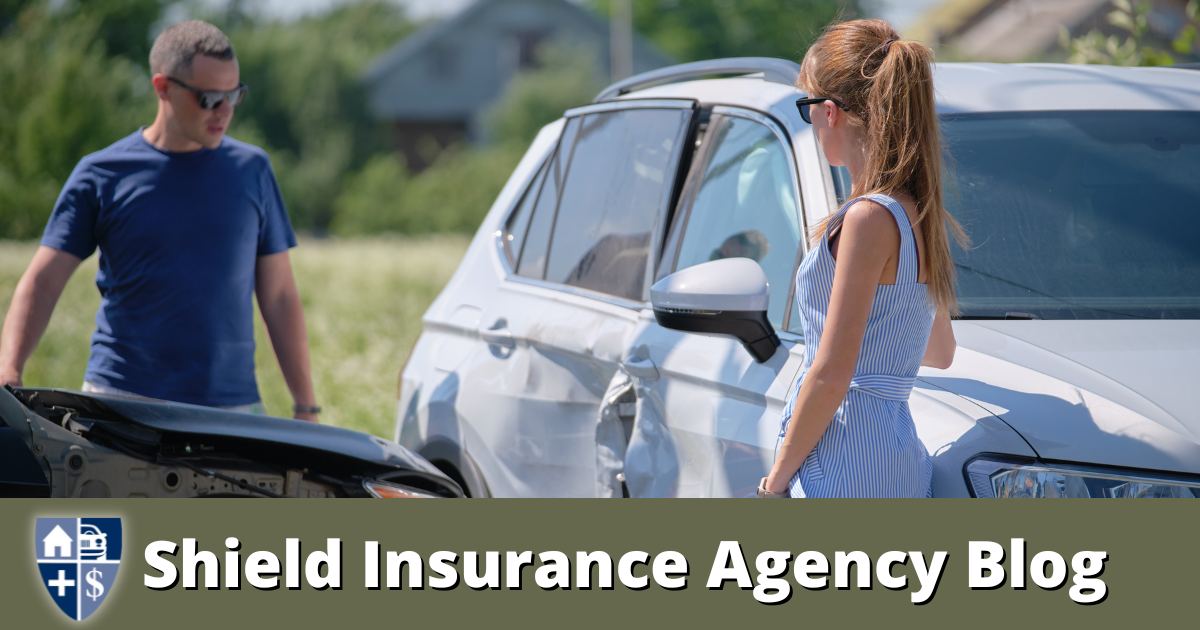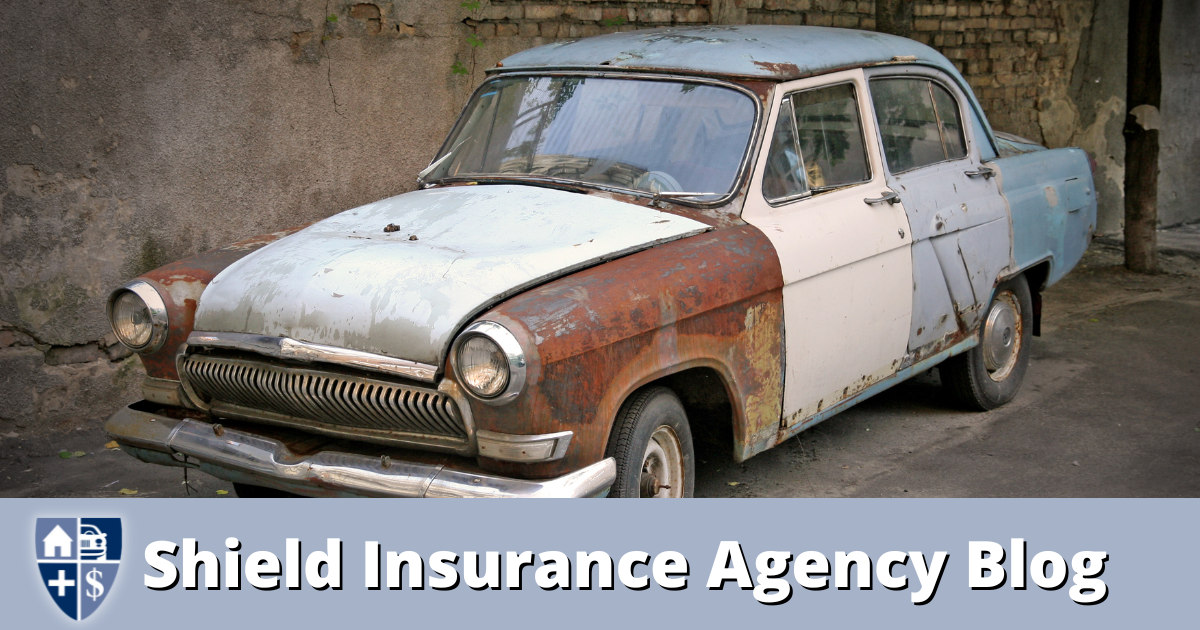
Is your car’s worth affecting your insurance costs? Find out now!
Shield Insurance Blog | Car’s Worth | Auto Insurance | Start A Quote Today!
As a car owner, you may have wondered how the car’s worth affects your insurance premium. In this blog post, we will explore the relationship between car value depreciation and your comp and collision premium. Understanding this connection can help you make informed decisions about your insurance coverage and potentially save money. So, let’s dive in and explore the impact of car depreciation on your insurance costs.
1. The Basics of Comp and Collision Premium
Before we delve into the impact of car value depreciation on your insurance premium, let’s first understand what comp and collision coverage entails. Comp and collision coverage is an optional part of your auto insurance policy that protects your vehicle against damage caused by accidents, theft, vandalism, and other non-collision incidents. This coverage is typically required if you have a car loan or lease.
2. Car’s Worth Depreciation and Insurance Premium Decrease
As your car ages, its value naturally decreases due to factors such as wear and tear, mileage, and market conditions. This depreciation can have a direct impact on your insurance premium. Since the value of your vehicle decreases over time, the cost to repair or replace it also decreases. As a result, insurance companies may adjust your comp and collision premium to reflect the reduced risk of insuring a less valuable car. This means that as your car loses value, your insurance premium may decrease.
3. Insurance Premium Adjustment and car’s worth Decrease
Insurance companies take into account the depreciation of your car when determining your premium. They use a variety of factors, including the make, model, year, and current market value of your vehicle. When your car’s value decreases, the potential cost of repairing or replacing it also decreases. Consequently, insurance companies may adjust your premium to reflect this reduced risk. However, it’s important to note that the rate at which your premium decreases may vary depending on the insurance company and its specific policies.
4. Car Depreciation and Coverage Cost
While the decrease in your comp and collision premium due to car depreciation is a positive outcome, it’s essential to consider the potential impact on your coverage. As your car loses value, the amount your insurance company will pay out in the event of a claim may also decrease. This means that you may receive a lower payout if your car is damaged or totaled. It’s crucial to evaluate the balance between the reduced premium and the potential decrease in coverage to ensure you have adequate protection for your needs.
5. The Importance of Regularly Reviewing Your Coverage
Given the relationship between car value depreciation and insurance costs, it’s crucial to regularly review your coverage. As your car loses value, you may want to consider adjusting your comp and collision policy accordingly. This could involve increasing your deductible or reducing your coverage limits to align with the decreased value of your vehicle. By doing so, you can potentially save money on your premium while still maintaining adequate protection.
Understanding the impact of car value depreciation on your comp and collision premium is essential for every car owner. As your vehicle loses value, your insurance premium may decrease, reflecting the reduced risk of insuring a less valuable car. However, it’s important to carefully evaluate the potential impact on your coverage and make adjustments as necessary. Regularly reviewing your coverage and discussing your options with an insurance agent can help ensure you have the right level of protection at the best possible price.
Remember, Shield Insurance Agency represents over 40 insurance companies and can provide you with a free quote tailored to your needs. Contact Shield Insurance Agency at (616) 896-4600 for a free quote today or start the quoting process by visiting this LINK, and an agent will be in touch soon.




